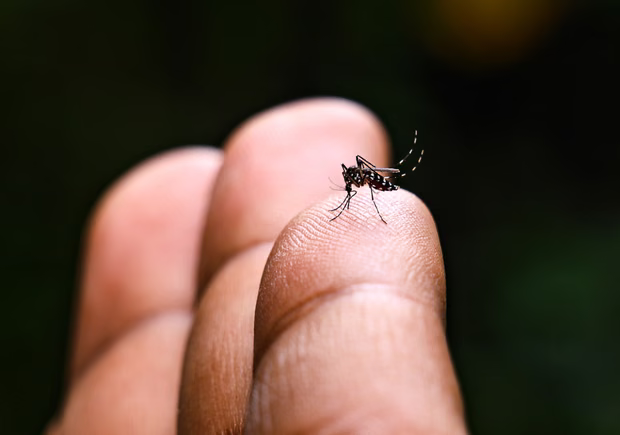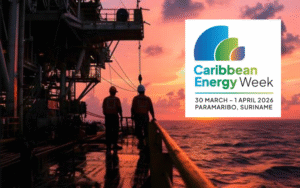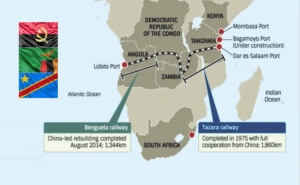Dengue Fever Surges Across Pacific as Climate Change Extends Transmission Seasons

Pacific island nations are experiencing their worst dengue fever outbreaks in nearly a decade, with experts warning that climate change is intensifying the spread of mosquito-borne diseases.

According to the Pacific Syndromic Surveillance System, more than 16,500 cases and 17 deaths have been recorded since January 2025, the highest levels since 2016. Fiji, Samoa, and Tonga are among the hardest hit.
Once a seasonal illness, dengue is now a year-round threat in some areas as rising temperatures, increased rainfall, and higher humidity create ideal breeding conditions for Aedes mosquitoes. “Dengue is one of the first real disease-related phenomena we can lay at the foot of climate change,” said Dr. Joel Kaufman of the University of Washington.
Samoa has reported 5,600 cases and six deaths, Fiji 10,969 cases and eight deaths, and Tonga 800 cases and three deaths. Several nations, including Samoa, the Cook Islands, and American Samoa, have declared emergencies. Responses have ranged from island-wide clean-ups and spraying campaigns to international aid, including NZ$300,000 in medical supplies from New Zealand.
However, experts say weak disease surveillance and reactive mosquito-control measures are undermining progress. Many control tools remain unproven in reducing transmission, and interventions often arrive too late.
The Pacific islands contribute just 0.03% of global greenhouse gas emissions, yet face some of the world’s most severe climate-linked health threats. As extreme weather patterns heavy rains in some areas, severe drought forecast continue in other areas. So, as a result of these changes, some specialists warn that dengue is only the beginning of climate-fueled disease risks in the region.







